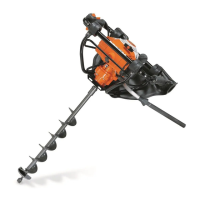ZyAIR Wireless LAN Utility
Wireless Network Basics 1-1
Chapter 1
Wireless Network Basics
This chapter gives you an overview of what a wireless network is, its advantages and
applications.
1.1 Introduction
A wireless LAN (WLAN) provides a flexible data communication system that you can use to access
various services (navigating the Internet, email, printer services, etc.) on the wired network without
additional expensive network cabling infrastructure. In effect, a wireless LAN environment provides you
the freedom to stay connected to the wired network while moving in the coverage area.
1.2 Benefits of a Wireless LAN
Access to network services in areas otherwise hard or expensive to wire, such as historical
buildings, buildings with asbestos materials and classrooms.
Doctors and nurses can access a complete patient’s profile on a handheld or notebook computer
upon entering a patient’s room.
It allows flexible workgroups a lower total cost of ownership for networks that are frequently
reconfigured.
Conference room users can access the network as they move from meeting to meeting- accessing
up-to-date information that facilitates the ability to communicate decisions “on the fly”.
It provides campus-wide networking coverage, allowing enterprises the roaming capability to set
up easy-to-use wireless networks that transparently covers an entire campus.
1.3 Applications
Unlike wired networks, you can set up wireless networks in two different modes: infrastructure and ad-hoc.
Set up your wireless network depending on your network needs. The following sections describe each
network mode.
1.3.1 Ad-hoc
An ad-hoc network consists of two or more computers communicating with one another through the
wireless network. No access points (APs) or existing wired networks are needed. An access point acts as a
bridge between the wireless and wired networks

